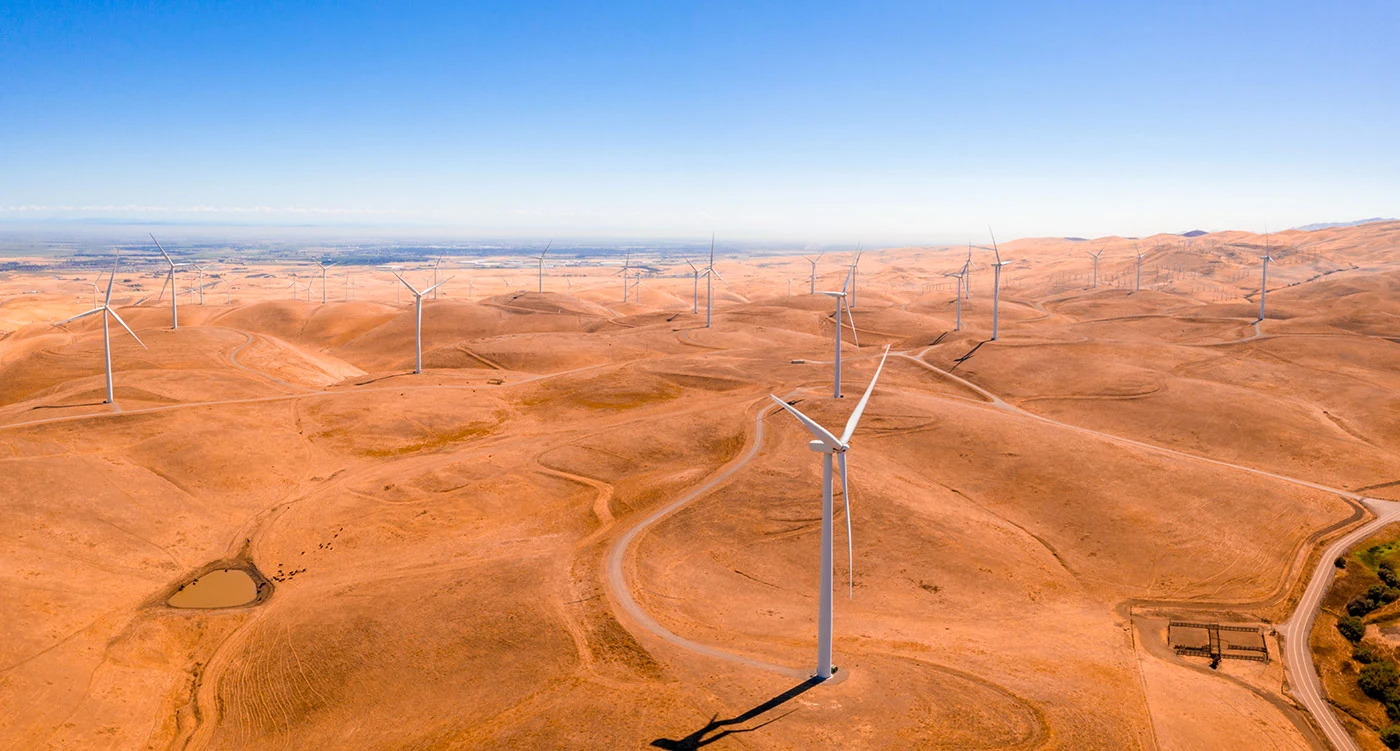GE Renewable Energy and Whiffle unite forces under a Joint Development Agreement (JDA) to enhance wind energy applications. Whiffle’s pioneering ultra-high-resolution atmospheric Large Eddy Simulation (LES) modelling offers GE unrivalled insights into wind climate characteristics. Powered by cutting-edge high-performance computing, Whiffle’s weather model promises to revolutionise wind turbine placement, enhancing Annual Energy Production (AEP) for GE’s global clientele.
This strategic partnership signals a leap into the future of wind energy, combining precision forecasting with advanced simulations. Industry leaders like GE find a strategic ally in Whiffle, as the alliance promises to tackle the intricate challenges of wind energy optimisation.
